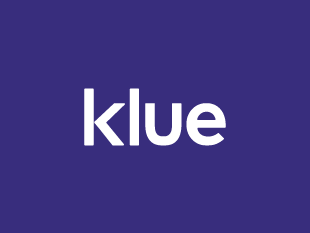Klue Compete
The Competitive Enablement Platform
Learn More
FIND OUT MORE >

Do you know the warning signs that competitors are changing their positioning strategy to erode your market share? In this post we’re going to review one warning signal that can help with early identification that your competition is closing in on you.
HERE’S THE WARNING: Your Sales team is constantly asking for Pricing or indicating that they are losing deals as a result of price.
If this is currently an issue for your Sales team, it’s time to assess your sales team to identify the root of the issue. The issue, in our experience, will either lie in having inadequately armed your salesforce to deposition your competitors, or your competitors are actively attacking your position in the market. These are the questions you will need to answer in order to identify the source:
Here is a quick test you can run to understand how effective your Sales reps are at pitching your product. Ask 6-10 random salespeople two simple questions:
Odds are you’ll get completely different responses from your reps. Measure these responses for how far off the company messaging they are. If the responses are way off, it’s time to think of re-training your sales team or re-assessing your positioning.
Sales teams will modify company messaging, adjust the positioning strategy and flip the benefits to the client to get the deal to go through. This is what we want! But you need to be aware of how far off the core messaging and value proposition they are going.
Questions about competitor pricing usually mean a competitor has been in the deal for long enough to get into the negotiation stage. It’s key to know when this competitor was identified:
Pricing will always be a sought-after data point and a powerful detail to help your team win. But, keep an eye on it, if it becomes the main reason for winning or losing deals you have entered the race to the bottom where no one wins.


Competitive Enablement
The topic of Large Language Models (LLMs) has a lot of confusion. Here's what you need to know about how Klue is working with them.


Competitive Enablement
Product Marketing
If your competitive intel game is too strong for automation, too pure for data privacy, and too rebellious for accuracy — then Klue AI is probably not for you.


Let’s do it. Tell us a bit about yourself and we’ll set up a time to wow you.
Let's do it. Tell us a bit about yourself and we'll set up a time to wow you.
XLet's do it. Tell us a bit about yourself and we'll set up a time to wow you.
XSubscribe to get our latest AI functionality and news in your inbox.
XOur Buyer Pulse feature, set to launch in Q2 2024, offers valuable insights into the factors influencing buyer decisions in your pipeline. By signing up for the waitlist, we can better gauge interest and proactively engage with you to streamline the setup and integration process before the feature becomes widely available.
X